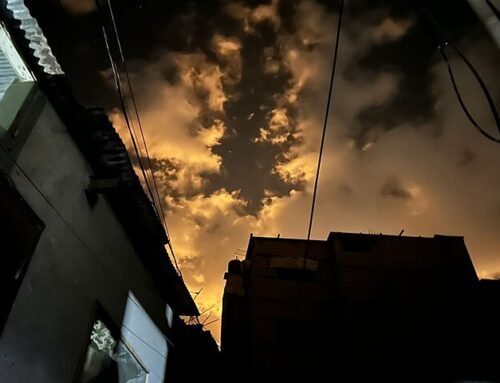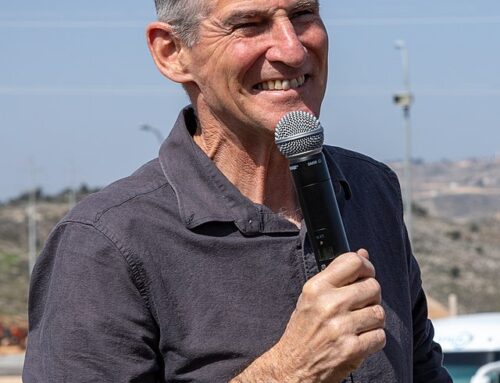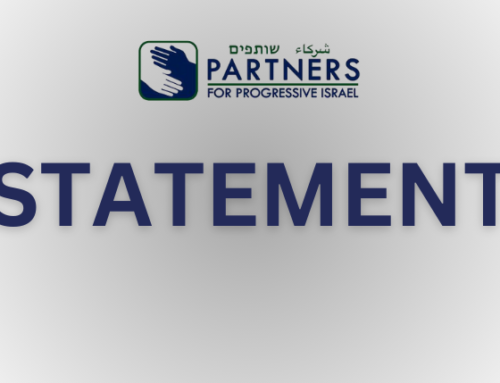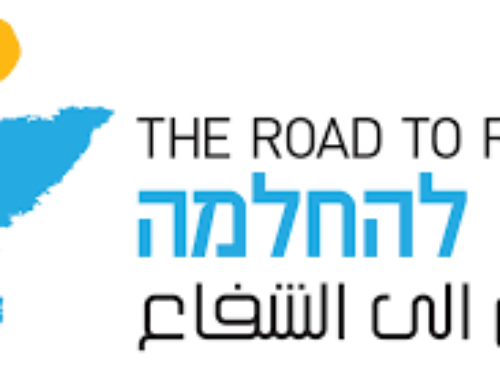This post was written by Mark Gold of PPI and Hiam Simon of Ameinu.
Jerusalem, whose very name means “city of peace,” is again at war.
The violence has spread to parts of Israel that have been unscarred until now. A violence in which there are Palestinians, overcome with anger and frustration, who start their day in the kitchens looking not for coffee but for a knife. They venture out looking for a Jew to stab. To kill. Reacting to this wave of terror, the Israeli response is to shoot first and ask questions later. Tension again is a part of daily life.
The first intifada, which plagued Israel from 1987 until the Oslo Accords in 1993, was an uprising of stones. The second intifada erupted in 2000 and served up attack after attack of suicide bombers and bus explosions. One thousand Israelis and 3,000 Palestinians died over five years, until the Sharm el-Sheikh Summit between Abbas and Sharon restored calm.
The violence now is from knives and of murder by vehicular homicide. At the time of this writing, there have been 25 Israelis and 100 Palestinians killed, a much smaller count than in the past, because unlike the previous two uprisings, this time the violence is not organized. The lack of a central command and the fact that the violence comes from lone-wolf attackers has prevented an escalation of atrocities, while creating a formidable level of anxiety among Israelis.






Leave A Comment